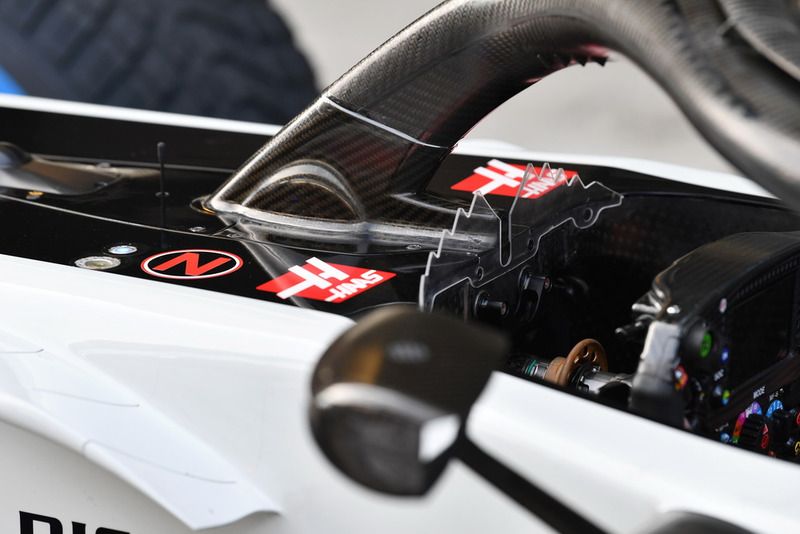Teams spend months and even years working on improving the designs of their cars to make them lighter and faster in the hopes of beating the competition. There are many obvious elements on an F1 car’s bodywork, including the front wing and the side pods, which all work together to make the car more aerodynamic.
However, there are several smaller features that can go unnoticed, especially during high-speed races. These features still play an integral part in the cars’ design and can also be important safety features for both drivers and marshalls.
Ensuring safety is a key part of F1 car design, with many changes being made to the regulations to protect everyone working in and around the car. In the last decade, the FIA has introduced driver-facing cameras and the Halo to protect drivers in case of a crash.
Here are some features on an F1 car that you might have missed but are a key part of the car’s design:
Neutral Button
The neutral button is on the car’s nose and can be activated to put the vehicle into neutral from the outside. It appears as a red circle with an ‘N’ on the front of the car to clearly indicate the location of the button.
Haas F1 Team VF-18 halo detail
Photo by: Mark Sutton
Marshalls can push this button to change the car’s transmission to assist with moving the vehicle if the driver has not disengaged the clutch. By putting the car into neutral, it will roll easily and marshalls are then able to move it to a safe position or to a recovery vehicle. This also allows for the car to be towed without causing any additional damage to the engine.
Although the neutral button is designed for stewards, it can be reached by drivers if their car is stuck in a gear, and they need to reduce the car’s speed to get it to safety. Fernando Alonso was seen using the neutral button on his McLaren at the 2016 European Grand Prix in Baku after experiencing gearbox issues, which forced him to retire from the race.
The Spaniard was seen reaching from the cockpit of his car to find the button after he was unable to get the car out of gear 7. This enabled him to slow the car down and bring it safely to his team in the pits, without causing damage to his car or a delay to the race.
Electric Switch
Like the neutral button, there is also an ‘E’ in a red circle on the side of an F1 car, and is a handle which comes out from the bodywork. This feature has been part of car design since the 1970s.
This handle turns off the electric…
Click Here to Read the Full Original Article at Motorsport.com – Formula 1 – Stories…

